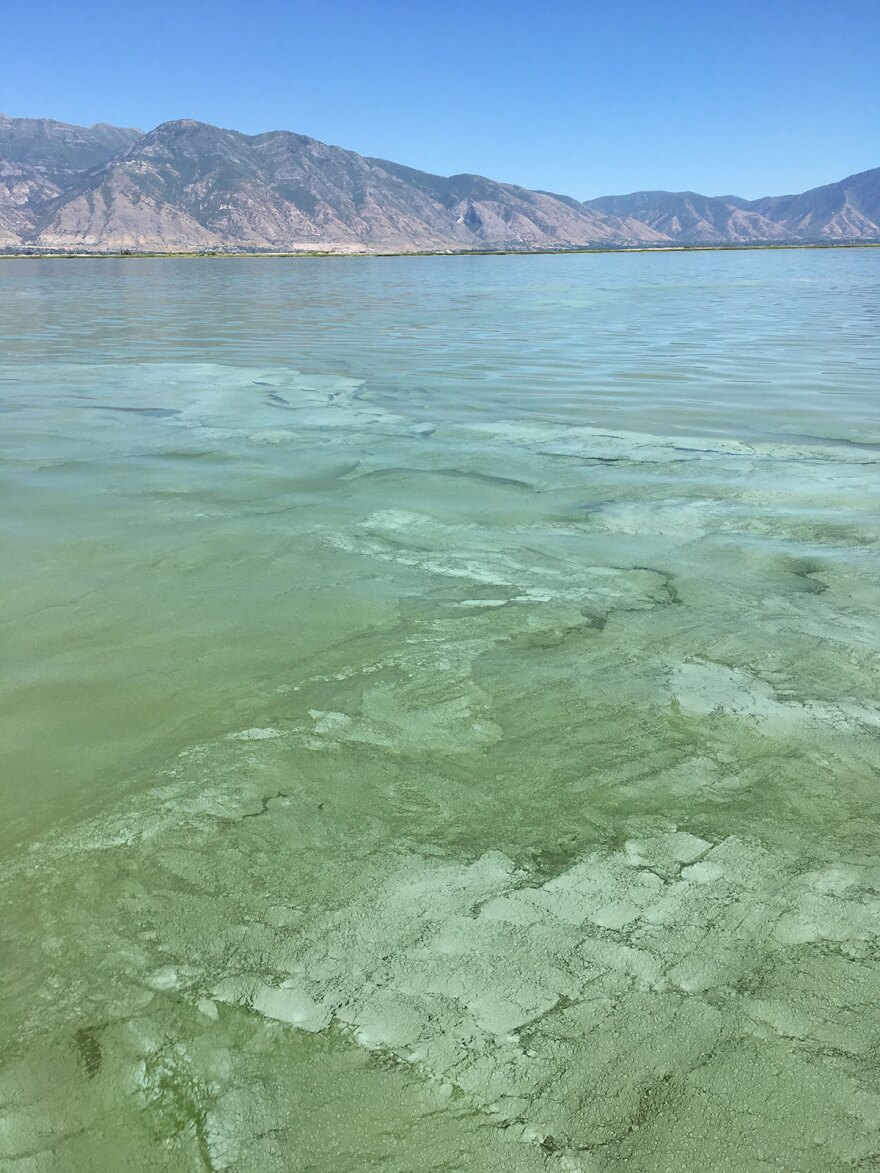Along with rising temperatures and drought, climate change has another side effect in the Wasatch Back: dust and the poor air quality that comes with it.
The scope of Utah’s drought has been widely reported -- nearly all of the state is experiencing severe drought and many of the state’s bodies of water are at record low levels.
In fact, the Great Salt Lake is currently the lowest since water levels have been recorded, said the Utah Rivers Council’s Zach Frankel.
“The last time it was this low, I believe, was 1963,” he said. “This is a first in modern history.”
Frankel told KPCW when most people think of climate change, they think of summer heat waves and water shortages. He said the warming temperatures currently seen in Utah actually have a greater effect in the winter. A shorter winter means less snow, less runoff, and lower water levels in the summer months.
“There’s just a cascade of impacts that come from these increased air temperatures,” said Frankel. “Winter is shorter as a season, and as a function of that, our snowpacks are much smaller than they used to be. That is why the Great Salt Lake is really at its lowest level in recorded history and it sets some disturbing potential trends for the future.”
One of those potential trends, he said, is poor air quality from swirling dust at dried up lakes and reservoirs. He said those effects are already being seen in the Salt Lake Valley.
“It’s not just that its elevation is smaller, it’s that the amount of lake is disappearing,” he said. “As that happens, we expose lake bed dust. It’s creating major problems during high wind days. You can see in the Wasatch Front valleys during these high wind days these dust events where it’s just really thick, poor air quality because of this lake bed dust.”
With reservoirs in the Wasatch Back significantly lower than in years past -- Rockport reservoir only collected 3% of its usual snowmelt this year -- lake bed dust could become an issue in Summit and Wasatch Counties too.
The solution, said Frankel, is smart water use by individuals and climate and conservation policies put in place by lawmakers.
Park City recently reported the city used over 1 million fewer gallons of water over the Fourth of July holiday compared to past years.
Local officials have told KPCW they are focused on managing water levels so enough is available for fire crews and for reserves to last until the fall.
KPCW news reports on climate change issues are brought to you by the Park City Climate Fund at the Park City Community Foundation, an initiative that engages Park City in implementing local, high-impact climate solutions that have potential to be effective in similar communities.


